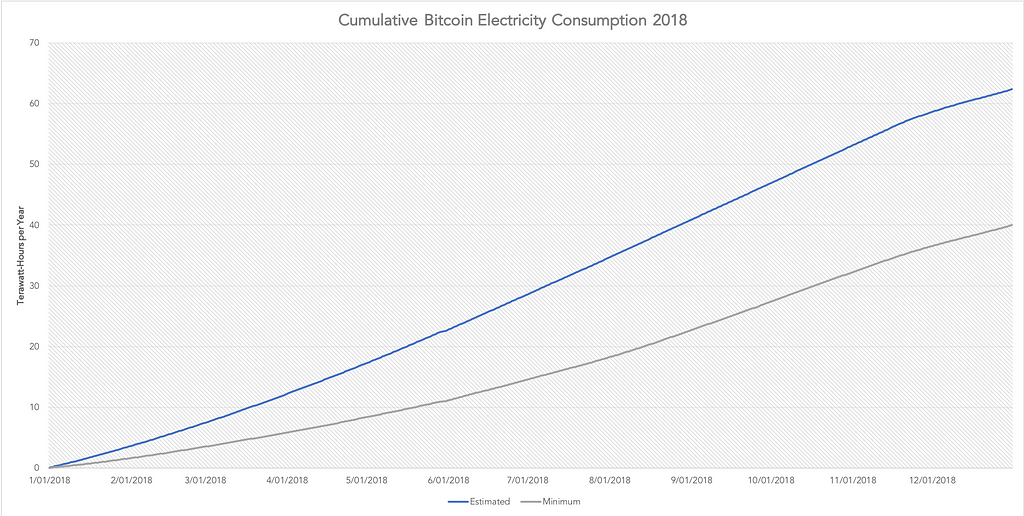Latest news about Bitcoin and all cryptocurrencies. Your daily crypto news habit.
 It’s time to start making Bitcoin environmentally sustainable.
It’s time to start making Bitcoin environmentally sustainable.
When Satoshi Nakamoto created the digital currency Bitcoin, he also decided there would never be more than 21 million coins. These coins would slowly be released over time, as a reward for those participating in the block creation process for Bitcoin’s underlying blockchain. Satoshi described the “steady addition of a constant of amount of new coins” as “analogous to gold miners expending resources to add gold to circulation”, and noted that “in our case, it is CPU time and electricity that is expended”.
Growing energy consumption
It is unknown whether Satoshi, while writing this, ever envisioned the energy-hungry nightmare Bitcoin has become. Over the full year of 2018, Bitcoin miners were responsible for a total electrical energy consumption of at least 40 terawatt-hours (TWh). This is equal to the amount of electricity consumed in a country like Hungary, and 20 percent of the total amount of electricity consumed by data centers worldwide (200 TWh per year). The latter number includes the electrical energy consumed by data centers responsible for processing transactions of the global banking industry. It is unknown what part is used for banking exactly, but even if we attribute everything to the banking industry, extreme differences in operating scale ensure that Bitcoin isn’t looking good in comparison.
 Minimum and estimated Bitcoin electrical energy consumption over 2018 (
Minimum and estimated Bitcoin electrical energy consumption over 2018 (
Disclaimer
The views and opinions expressed in this article are solely those of the authors and do not reflect the views of Bitcoin Insider. Every investment and trading move involves risk - this is especially true for cryptocurrencies given their volatility. We strongly advise our readers to conduct their own research when making a decision.